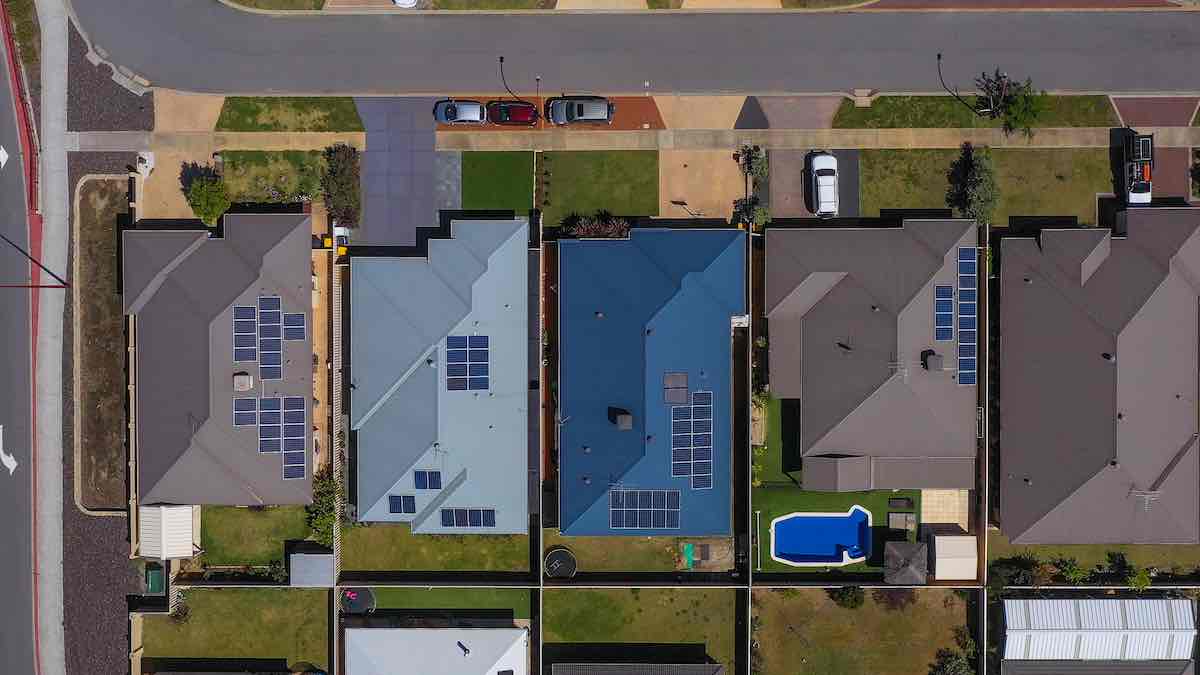The Australian Energy Market Operator (AEMO) has for four years been arguing the case for an “emergency backstop mechanism” to cut off household solar at times of minimum system load when system security is at risk.
In simple terms, system security is about ensuring the grid remains stable in response to disturbances to prevent cascading impacts that could lead to blackouts.
This is one of AEMO’s most important responsibilities, and a challenge that is changing as we move from a system based on mechanical generators to electronic inverter-based resources, especially solar.
In a report released on 2 December, AEMO provided new and updated details on the falling rates of minimum demand by jurisdiction and its need for a NEM-wide emergency backstop mechanism, “to allow rooftop PV systems to be curtailed or turned off briefly if necessary in rare emergency conditions”.
AEMO also mentions other options available to manage minimum system load, specifically:
– Reducing the amount of generation that needs to remain online to provide essential services;
– Increasing demand in daytime periods, and
– Installing more storage – to soak up solar power in the middle of the day.
AEMO is a system operator, not a policy-making body, and these options are not examined in detail in its report.
Another option for managing minimum system load could be an equivalent to the Reliability and Emergency Reserve Trader (RERT) peak demand mechanism.
In 2021, AEMO suggested it was considering “a range of steps with the ‘big-end-of-town’ … to rebalance supply and demand”, and the Energy Security Board (ESB) presented a plan that included “Emergency Turn-up load (-ve RERT)” in place by 2022, but a RERT-equivalent has not eventuated.
Some might argue a price of negative $1,000 per megawatt hour (MWh) is sufficient to incentivise market-based responses to minimum demand, but a market price cap of $17,500/MWh does not substitute for the RERT for peak demand, so this sentiment may be questionable.
It is worth considering what value a minimum demand equivalent of the RERT would look like and cost given AEMO is directing large-scale batteries to discharge in the morning before anticipated minimum system load events, then directing batteries to charge during those events.
It has been suggested that cost to “the market” of this approach could be as much as $1 per kilowatt hour (kWh) for negative pricing with a possible premium to provide compensation to directed battery owners.
Challenges in the National Electricity Market (NEM) are usually addressed through a rule change process. The Australian Energy Market Commission (AEMC) can accept a rule change from anyone, and then consider the options to address the identified issue, the relative merits, including costs and benefits, and combinations of opportunities available.
This process allows consumers, generators, distribution networks, original equipment manufacturers (OEMs), aggregators and others to be consulted through a series of stages: usually a consultation paper, draft and final rulemaking, during which the AEMC accepts the rule as proposed or makes a more preferable rule.
It is time for either AEMO or the federal minister, on behalf of all energy and climate change ministers (who are meeting on Friday), to lodge a rule change. This would allow for a thorough investigation of AEMO’s proposal and options to address system security at times of minimum system load, and consider the fast, national implementation of flexible exports (known as dynamic operating envelopes or DOEs).
Most states, except Queensland, are implementing, or planning to implement, AEMO’s requirement for a solar cutoff through the roll-out of flexible exports. These allow for greater exports of rooftop solar than static limits (usually around 5kW), accounting for any constraints on the local distribution network. Flexible exports can improve the return on investment for solar households.
Flexible exports are fully implemented in South Australia, but are not being rolled out consistently or quickly across the rest of the country. These delays mean almost every household that installs a solar system larger than 5kW is missing out on revenue. Therefore, a rapid rule change is needed to ensure consumers benefit from consistent fast implementation of flexible exports across the NEM.
A rule change could look at options to manage minimum system load (including the “emergency backstop mechanism”) and the fast implementation of flexible exports at the same time.
Both issues affect the management of customers’ rooftop solar systems and should be addressed jointly to ensure the best technical and social outcome. Another related and urgent issue that needs a full and thorough policy debate is giving any external party – AEMO, distribution businesses or others – behind-the-meter access to control consumer-owned distributed energy resources (DER), such as rooftop solar or electric vehicles.
Through the rule change process, AEMO would meet its need for mechanisms to manage minimum system load, and consumers would be involved in a transparent, thorough policy process to consider the optimum combination of measures to support rooftop solar energy exports and system security.






